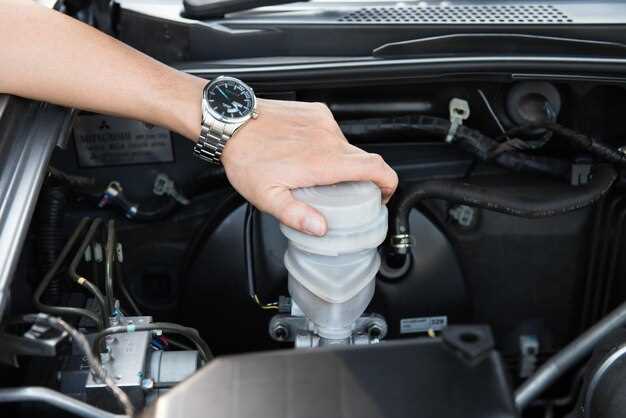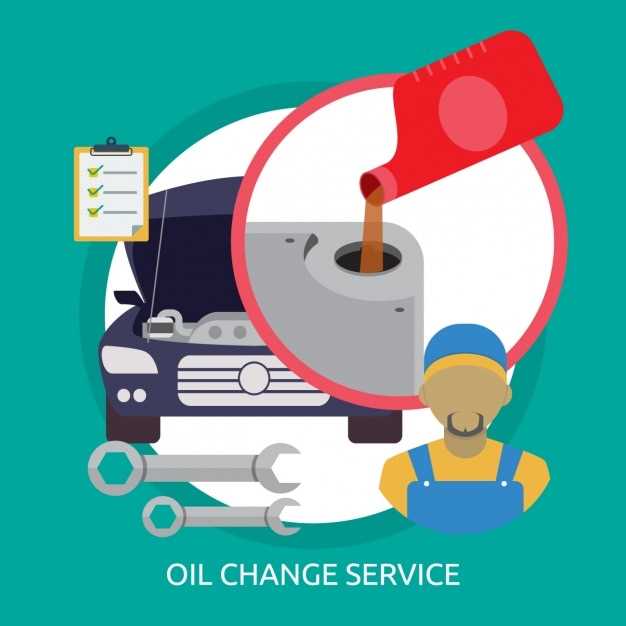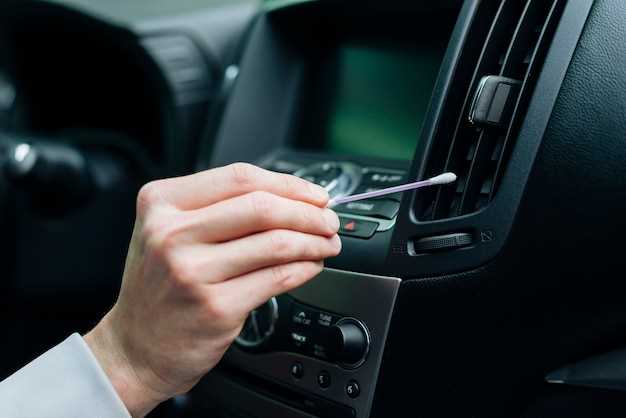
Maintaining a clean engine bay is essential for both the performance of your vehicle and its potential resale value. A tidy engine compartment not only gives a great impression to potential buyers but also helps in identifying potential issues early, preventing costly repairs down the line. Regular cleaning can reveal leaks, worn-out components, and areas needing attention, which can ultimately extend the life of your vehicle.
When it comes to cleaning your engine bay, safety should always be a top priority. Utilizing safe methods ensures that both you and your vehicle remain unharmed during the process. Harsh chemicals can damage sensitive components and might even pose a risk to the environment. Therefore, understanding the proper techniques and materials is crucial for effective and safe cleaning.
In this guide, we will explore various safe methods for cleaning your engine bay while highlighting the importance of maintaining its condition for future resale. By following the outlined steps, vehicle owners can achieve a thorough clean that boosts both the visual appeal and functionality of their engine bay.
Choosing the Right Cleaning Products for Your Engine Bay

Cleaning your engine bay is an essential step in vehicle maintenance, especially if you are considering resale value. Selecting the appropriate cleaning products can ensure that the engine remains in good condition, free of harmful residues that could affect its performance.
Here are a few key points to consider when choosing cleaning products for your engine bay:
- Compatibility: Ensure that the cleaner you choose is safe for use on various materials found in the engine bay, such as plastic, rubber, and metal. Products designed specifically for automotive use are usually safer options.
- Effectiveness: Look for products that are capable of breaking down grease and grime. Degreasers generally work well, but choose ones that are biodegradable to minimize environmental impact.
- Non-toxic Options: Consider eco-friendly cleaners that are free of harsh chemicals. These products are safer for both you and your engine, reducing the risk of damaging sensitive components.
- Ease of Use: Products that come in spray form or with a user-friendly application process can streamline your cleaning routine. Ensure the product has clear instructions for effectiveness.
Additionally, always test any new cleaning product on a small, inconspicuous area to check for adverse reactions. After cleaning, make sure to rinse thoroughly to avoid leaving any residue that could attract dirt or harm components, which is especially important when preparing your vehicle for resale.
By carefully selecting the right cleaning products, you’ll maintain the appearance and functionality of your engine bay, potentially enhancing the resale value of your vehicle.
Step-by-Step Guide to Safely Clean Your Engine Bay
Cleaning your engine bay is an essential maintenance task that can enhance the resale value of your vehicle. Follow these steps to ensure a safe and effective cleaning process.
1. Gather Your Supplies: Before starting, collect necessary items such as a bucket, mild detergent, degreaser, soft brushes, microfiber cloths, and a hose with a spray nozzle. Additionally, make sure to have protective gear like gloves and goggles.
2. Prepare the Engine: Ensure the engine is cool before you begin. Disconnect the battery to prevent any electrical issues or short circuits during the cleaning process. Cover sensitive components such as the air intake, electrical connections, and exposed wiring with plastic bags.
3. Remove Loose Debris: Use a vacuum or a soft brush to remove any loose dirt, leaves, or debris from the engine bay. This prevents larger particles from scratching surfaces during washing.
4. Apply Degreaser: Spray an engine degreaser on all greasy areas, focusing on dirty spots around the engine block and other components. Allow it to sit for a few minutes to break down the grime.
5. Scrub Gently: With a soft brush, gently scrub the areas where you applied the degreaser. Take care not to damage any delicate components. Rinse the brush frequently to avoid reapplying dirt.
6. Rinse Thoroughly: Using a hose with low pressure, rinse away the degreaser and dirt from the engine bay. Be cautious not to direct water onto sensitive electronic parts. It’s best to use a spray nozzle to control the flow of water effectively.
7. Dry the Engine Bay: Use microfiber cloths to wipe down surfaces and remove excess water. This helps prevent water spots and corrosion. Ensure that the areas around sensitive components are thoroughly dried.
8. Reconnect and Inspect: Once the engine bay is clean and dry, disconnect the plastic bags from the sensitive components and reconnect the battery. Inspect the engine bay for any signs of leaks or wear before closing the hood.
Following these steps will not only keep your engine bay clean but also help maintain its appearance and performance, contributing positively to the resale value of your vehicle.
Preparing Your Engine Bay for Resale: Cleanliness Tips

When it comes to reselling your vehicle, the condition of the engine bay can significantly impact the buyer’s perception. A clean engine can instill confidence in potential buyers about the overall maintenance of the vehicle. Start by removing any debris, such as leaves, dirt, and oil stains, that may have accumulated. Use a vacuum or a soft brush to clear out loose particles and dust.
Next, cover sensitive components like the air intake, exposed electrical parts, and any sensitive sensors with plastic bags. This will protect them from moisture during the cleaning process. Once covered, you can apply a degreaser to areas with built-up grime. Let the degreaser sit for a few minutes, then gently scrub with a brush to remove stubborn deposits.
After scrubbing, rinse the engine bay carefully with a gentle stream of water. Avoid using high pressure, as it may cause damage to electrical components or push water where it shouldn’t go. Once rinsed, remove the plastic coverings and dry off the engine bay using a microfiber cloth. This will help prevent water spots and corrosion.
Finally, consider applying a plastic or rubber protectant to the hoses, cables, and plastic surfaces. This not only enhances the appearance but also provides a layer of protection against deterioration. Ensuring that your engine bay is clean and well-maintained can greatly enhance its appeal when it comes to resale, making your vehicle stand out in a competitive market.



